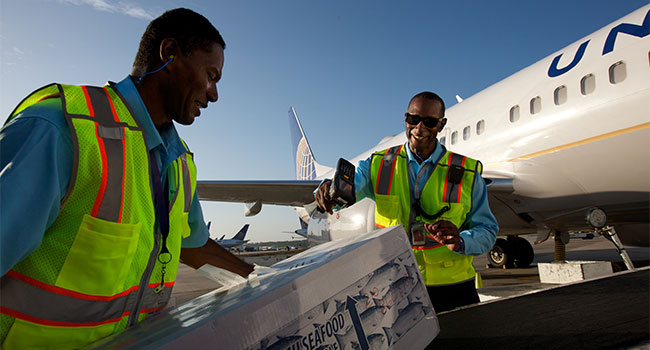
The Security Pitfalls of Airport Worker Access
After more than 150 guns were discovered in a smuggling ring on Delta Air Lines in December of last year, security officials are turning towards those who work at airports and the access they have. Based in Atlanta, the guns were smuggled on 17 different flights over a seven-month period to New York.
According to Brooklyn district attorney Kenneth P. Thompson, the operation had been going on for much longer. The Delta employee, Mark Q. Henry, was eventually identified as the man doing the smuggling. “We also know, based on investigation, that Henry had been smuggling guns on commercial airliners for years, for at least five years,” Thompson said.
A previous gun-smuggling incident occurred in Atlanta in 2011, when a former Customs and Border Protection agent pleaded guilty to a federal charge of trying to smuggle guns onto a flight for resale to a drug cartel. The agent used his badge to bypass security.
According to retired American Airlines captain G. Bruce Hedlund, the problem of easy access to secure sections of airports by employees and contractors is widespread and has been known for many years. “It’s not just Atlanta, which is now taking all the heat,” he said. “It’s all airports. There’s always a way for people to come and go with access just by swiping an ID card.”
Big airports have hundreds of ways for employees to enter secure areas. Atlanta says that 58,000 people are employed at its airport.
“I’m amazed at the artificiality of demands for immediately sealing gaps in Atlanta,” Mr. Hedlund said. “This could have happened anywhere, and anybody who knows anything about airport security knows that there is a potential for this every day. It all comes down to, at what cost and how serious are you about providing that level of security?”
Sean M. Bigley, a lawyer who specializes in security clearances and investigations, suggested that workers in secure areas undergo the same kinds of background checks as federal employees.